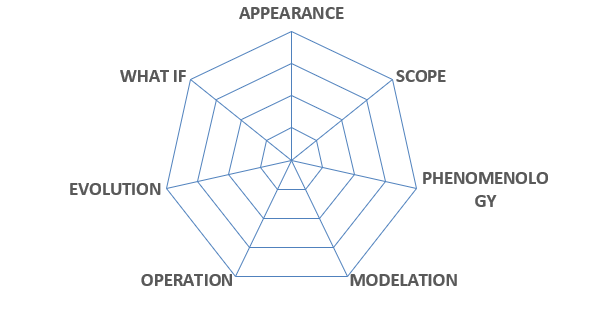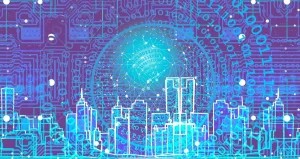The digital copy that enhances and improves the performance of the reality being replicated.
The term «digital twin» seems to be a magic concept in this era of digitalization; in fact, the «digital twin» has been named as one of the Top 10 Strategic Technology Trends for 2017 by Gartner. The truth is that this is not a totally new concept, nor is it a universal concept… and the technologies that support it, as well as the attributes that it may have, vary in accordance with the needs that the digital twin must satisfy.
In this article, we will aim to explain what a digital twin is, its benefits, and the minimal attributes that it must have.
What is a digital twin?
The concept of the «twin» came to be at the end of the 1960s, when NASA created a copy of a spacecraft on Earth to analyze the effects of the orders on the control systems. The «digital» aspect was added in 2010 when a simulation model was used to «twin,» or reproduce, the spacecraft’s behavior.
The concept of a «digital twin» can basically be summarized as a virtual model of a product, service, or process that includes all its features, monitors the status of those features in real time, and/or simulates the responses under different circumstances in order to improve that product’s, service’s, or process’s performance, efficiency, and availability over its life cycle.
What benefits are there to a digital twin?
The capabilities of this type of tool in industry are many; it combines the benefits of monitoring, data analysis, simulation, connected industry, the Internet of Things, and virtual or augmented reality in a single collaborative, multi-disciplinary platform that, by means of sensors and connectivity with reality, allows for –amongst other things– the following:
- Reduction of prototyping and design tests.
- Prevention and/or prediction of problems.
- Streamlining of decision making based on simulation data.
- Effective production adaptation or product adaptability.
- Improvements in employee training as this tool can be used as a multi-disciplinary, collaborative learning platform.
- Integration of different concepts, services, or processes – facilitating the understanding of cause-effect relationships.
- Improvements in the comprehensive management of different assets.
- Facilitation of remote and assisted maintenance tasks.
- Enhancement of knowledge management in organizations, improving data collection and viewing abilities.
- Support to comprehensive quality management.
In short, the benefits of digital twins can be summarized by the reduction of costs and timeframes, an improvement in safety and flexibility, as well as an increase in availability and efficiency. Additionally, having products, services, and processes that are much more efficient translates into a considerable reduction of pollutant emissions.
What requirements are there for Tecnatom’s digital twin?
Regardless of the technologies that support our digital twin, the requirements that it must satisfy to a greater or lesser extent depending upon the needs that it has to meet are as follows:
- Appearance: it must be similar to the reality that it replicates.
- Scope: it must replicate the elements and components that exist in reality.
- Phenomenology: it must replicate the physical and chemical processes present in reality.
- Modelation’s techniques: the phenomenological processes must occur in a way that is similar to that of reality.
- Operation: interrelationships with the surroundings must be similar to the real world.
- Evolution: the digital twin must evolve with reality, contemplating its changes, improvements, or deterioration.
- What-if simulation: the ability to detach from reality in order to be able to simulate behaviors under various scenarios.

Effectively joining these features with digital technology use to cover not only present needs but also possible future needs that may arise during a product’s, service’s, or process’s life cycle is one of the greatest challenges for those who wish to implement a digital twin.





